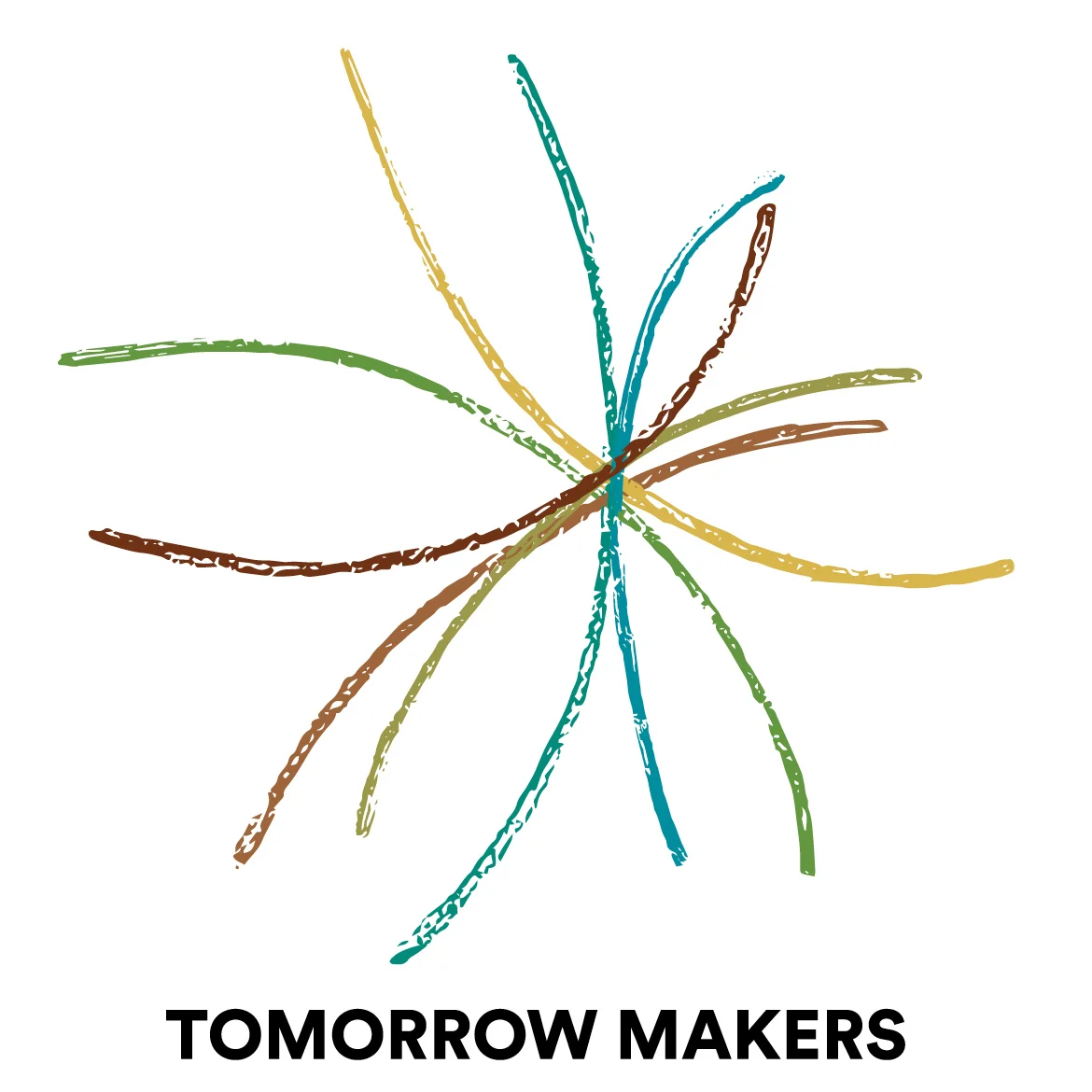The Starfish and The Spider
/"Put people in an open system and they will automatically want to contribute."
- the sixth principle of decentralization in The Starfish and the Spider by Ori Brafman and Rod A. Beckstrom
The Starfish and the Spider is a new book that adds to the growing body of knowledge about leadership, collaboration, and emergent organizational design. The bi-line is The Unstoppable Power of Leaderless Organizations. To me, this book speaks of Sapient Leadership. The book is interesting because it reinforces the reality that design, creativity and collaboration are natural to human beings. It compliments our own Value Web model.
I speak of my experience with young children in my blog on Group Genius. What the authors of the Starfish and the Spider reinforce is the natural tendency of people to play ... to tinker with ideas, to find a difference, and to add to the stockpile of ideas. Indeed, it seems to me that examples in the book are child's play ... Wikipedia, E-bay, Internet, P2P sharing, open source, etc. ... wonderful child's play!

